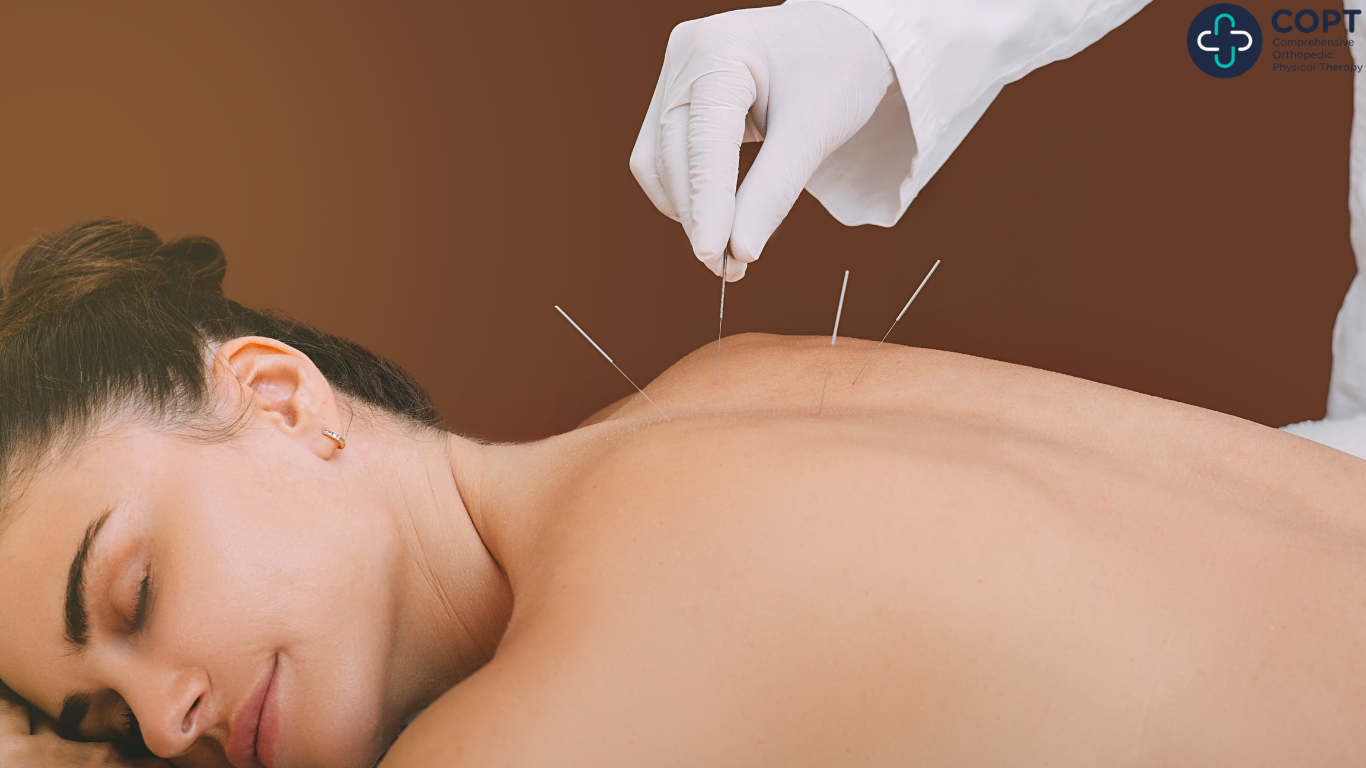
Top Stretches for Alleviating Joint Discomfort
Joint discomfort can be challenging, making it harder to enjoy everyday activities. Whether caused by arthritis, injury, or simply the effects of aging, joint stiffness and pain can often be alleviated through consistent stretching and range-of-motion exercises. In this blog post, we’ll look at some of the best stretches and exercises that can help you improve flexibility, reduce pain, and keep your joints moving comfortably.
1. Cat-Cow Stretch
The cat-cow stretch is an excellent way to improve flexibility in the spine and stretch the neck, shoulders, and hips. It’s also beneficial for relieving joint stiffness in the back.
How to Do It:
- Start on your hands and knees in a tabletop position, with your wrists directly under your shoulders and your knees under your hips.
- Inhale as you arch your back, allowing your belly to drop towards the floor (cow position).
- Exhale as you round your spine towards the ceiling, tucking your chin to your chest (cat position).
- Repeat this movement for 8-10 breaths, moving slowly and gently.
2. Shoulder Rolls
Shoulder rolls are great for releasing tension in the neck and shoulders, which can help alleviate discomfort in the upper body joints.
How to Do It:
- Sit or stand with your back straight and arms relaxed at your sides.
- Slowly roll your shoulders forward in a circular motion for 10 repetitions.
- Reverse the direction, rolling your shoulders backward for another 10 repetitions.
3. Knee-to-Chest Stretch
This stretch helps alleviate lower back and hip stiffness, which is often connected to joint discomfort in the knees and hips.
How to Do It:
- Lie on your back with your legs extended.
- Gently bring one knee up towards your chest, holding it with both hands.
- Hold the stretch for 20-30 seconds, then switch to the other leg.
- Repeat 2-3 times on each side.
4. Hip Circles
Hip circles help improve mobility in the hip joints, which can reduce discomfort and improve range of motion.
How to Do It:
- Stand with your feet hip-width apart and place your hands on your hips.
- Slowly make circular motions with your hips, first clockwise, then counterclockwise.
- Perform 10 circles in each direction, keeping your movements gentle and controlled.
5. Wrist Flexor Stretch
Wrist pain can be common, especially for those who spend a lot of time typing or using their hands. This stretch helps improve wrist joint flexibility.
How to Do It:
- Extend one arm straight in front of you, palm facing up.
- Use your other hand to gently pull back on your fingers, stretching the underside of your wrist and forearm.
- Hold the stretch for 15-20 seconds, then switch to the other wrist.
6. Ankle Circles
Ankle circles are excellent for improving ankle mobility and reducing stiffness in the lower leg joints.
How to Do It:
- Sit in a chair or lie down with your legs extended.
- Lift one foot off the floor and slowly rotate your ankle in a circular motion.
- Make 10 circles clockwise, then 10 counterclockwise.
- Repeat on the other foot.
7. Child’s Pose
Child’s pose is a relaxing stretch that helps relieve tension in the back, hips, and knees, making it an excellent choice for easing joint discomfort.
How to Do It:
- Start on your hands and knees, then sit your hips back towards your heels while reaching your arms forward.
- Lower your chest towards the floor and rest your forehead on the mat.
- Hold the pose for 30 seconds to 1 minute, breathing deeply throughout.
8. Seated Hamstring Stretch
The seated hamstring stretch is a gentle way to stretch the back of the legs and alleviate knee and hip stiffness.
How to Do It:
- Sit on the floor with one leg extended straight and the other leg bent, with the sole of your foot against your inner thigh.
- Lean forward gently from your hips, reaching towards your toes on the extended leg.
- Hold the stretch for 20-30 seconds, then switch legs.
- Repeat 2-3 times on each side.
Tips for Safe Stretching
- Warm Up First: Always do a light warm-up, like marching in place or walking, to increase blood flow to your muscles and joints before stretching.
- Move Gently: Avoid bouncing or forcing a stretch. Move slowly and only go as far as feels comfortable.
- Breathe: Breathe deeply and consistently throughout each stretch to help your muscles relax.
- Listen to Your Body: If you experience sharp pain or discomfort, stop immediately and consult a physical therapist or healthcare professional.
How Physical Therapy Can Help
A physical therapist can help you identify which stretches and exercises are best for your specific joint concerns. They can also guide you through proper form and technique, ensuring that you get the most benefit from your exercise routine without risking injury. By incorporating these stretches into your daily routine, you can alleviate joint discomfort, improve flexibility, and maintain an active lifestyle.
Final Thoughts
Joint discomfort doesn’t have to keep you from enjoying your life. With consistent stretching and range-of-motion exercises, you can take control of your joint health, reduce stiffness, and improve your overall mobility. Remember, if you’re unsure about where to start, a physical therapist can help create a personalized plan to meet your needs and keep you moving comfortably.







